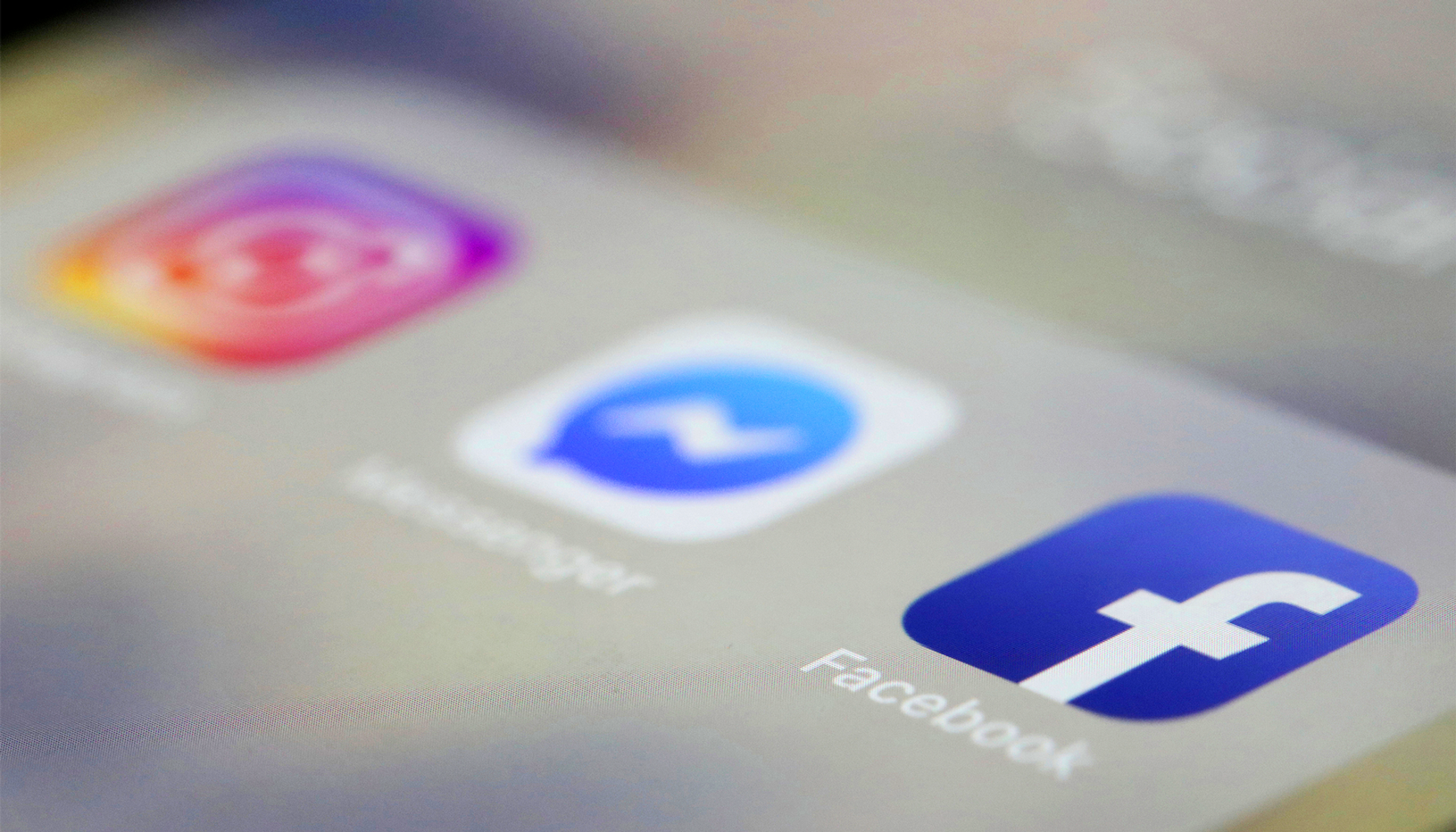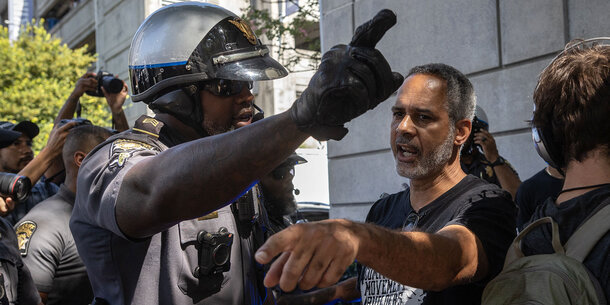Surveys and anecdotal reports suggest that the use of social media by state and local law enforcement is widespread, with a number of police departments reporting that they use social media to “listen” to activity online or to monitor and gauge public sentiment. Little has been known, however, about the rules in place to govern how police monitor, collect, or use social media data for criminal investigations, public safety, situational awareness, or event planning, or whether there are common trends across departments.
In 2021, to try to fill that gap, the Brennan Center analyzed a set of police department policies governing social media use to assess both the public availability of these policies and their scope and rigor. As of February 2024, we have updated this resource to include a comprehensive survey of law enforcement agencies across the country.
The Brennan Center researched 328 law enforcement agencies serving every incorporated city with a population greater than 100,000. We found that 162 agencies, or 49 percent, have policies available on their website that address the use of social media by department employees to view or collect information for a range of purposes. Few of the policies offer concrete, practical guidance to department employees or notice to the public regarding how their social media data might be collected, monitored, or retained, and many do not disclose the rules governing the use of undercover accounts or include safeguards for First Amendment–protected activities.
Moreover, there is no reliable way to assess whether the agencies that lack publicly available policies do not use social media for investigative or other purposes, do use social media for those purposes and have not published their policies, or use social media but have no written guidance in place at all.
Key findings:
- Though 97 percent of the policies describe the relevant purposes for which the departments will use social media, few provide details beyond simply noting that social media can be useful as an investigative tool. They often do not clarify, for example, whether social media can be used for general research or if it must support an ongoing case.
- Barely over 20 percent of the policies require employees to obtain authorization to use social media in general. And fewer than half the policies (74 out of 162) articulate standards for how officers should use social media in investigations, meaning that the majority of the departments contemplate using social media for investigations but put no guardrails in place. Additionally, only 8 police departments have publicly available rules in place governing uses of social media outside of criminal investigations, which can include using online information to inform the police response to public assemblies and for general situational awareness.
- 92 policies have some language addressing the use of fake accounts, with all but four of those requiring department employees to obtain authorization to conduct covert or undercover activities on social media. Of the policies requiring supervisory approval, however, almost 80 percent do not set out any additional procedural measures or guardrails, such as regular, ongoing reauthorization of alias accounts, audits to detect misuse, or limits that would restrict their use to a narrow set of serious crimes. Many policies are simply silent on covert use, making it difficult to gauge how many departments authorize or quietly sanction the use of these practices.
- Though 49 percent of the policies include language requiring employees to avoid violating the public’s civil rights, civil liberties, or privacy, the vast majority of these rely on boilerplate language and fail to offer meaningful guidance.
The policies are linked in the map below, broken down by the following categories:
- contemplated uses for social media (outside of purposes that are related to hiring or public-facing communications);
- processes for overt uses of social media and requirements for investigative and non-investigative uses;
- limitations on covert or undercover uses of social media, including authorization requirements;
- language governing the use of personal devices or accounts;
- any additional explicit prohibitions on the use of social media; and
- discussion of constitutional rights.






